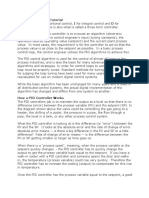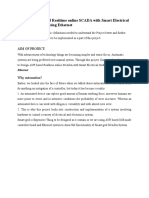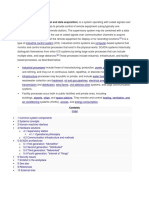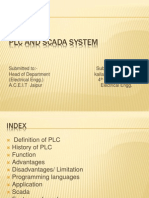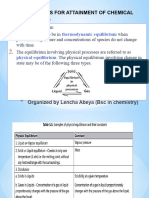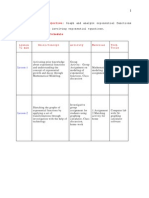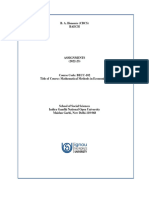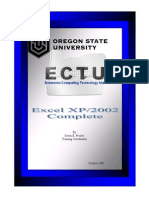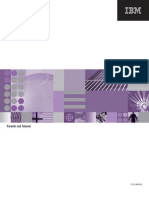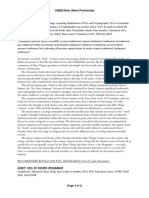0% found this document useful (0 votes)
113 views7 pages7th Sem: Industrial Automation Basics
1. The document outlines two assignments from an Electrical Engineering course pertaining to industrial automation systems.
2. The first assignment includes questions about SCADA systems, PLC architecture, and distributed control systems.
3. The second assignment involves questions about temperature measurement devices and an overview of Industry 4.0.
Uploaded by
ARJUN SOMAIYACopyright
© © All Rights Reserved
We take content rights seriously. If you suspect this is your content, claim it here.
Available Formats
Download as PDF, TXT or read online on Scribd
0% found this document useful (0 votes)
113 views7 pages7th Sem: Industrial Automation Basics
1. The document outlines two assignments from an Electrical Engineering course pertaining to industrial automation systems.
2. The first assignment includes questions about SCADA systems, PLC architecture, and distributed control systems.
3. The second assignment involves questions about temperature measurement devices and an overview of Industry 4.0.
Uploaded by
ARJUN SOMAIYACopyright
© © All Rights Reserved
We take content rights seriously. If you suspect this is your content, claim it here.
Available Formats
Download as PDF, TXT or read online on Scribd
/ 7
